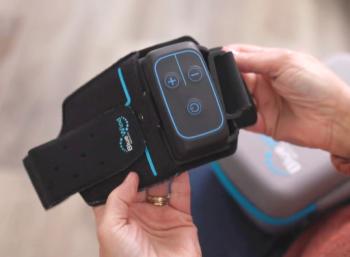
MGMA pushes for nationwide adoption of electronic swipe cards by 2010
The Medical Group Management Association launched a national campaign earlier this month to require health insurance cards to be machine-readable and accepted at every medical practice by 2010.
Making good on its October promise during its annual convention, the
The lack of a standardized card format results in $1 billion a year in costs due to redundant, wasteful administrative tasks – such as photocopying the card and manually entering patient ID information, according to the trade group which represents more than 13,500 practices nationwide.
To reach that goal, however, requires commercial health plans and the Centers for Medicare & Medicaid Services to issue new cards, as well as computer software and computer vendors, and practices, to update their systems.
“Practices simply won’t adopt a new technology when it’s 1 patient out of 10,” says William F. Jessee, MD, president and CEO of MGMA. “If we can get critical mass, I think practices will be eager to do this.”
Jessee estimates the new cards will only cost insurers 50-cents each and the card readers and accompanying interface software will cost practices $100 to $200 once the vendors begin mass producing them.
“It’s a relatively easy piece of software to provide,” Jessee says. “Everybody says ‘this ought to be easy.’ Well, let’s do it.”
MGMA invited insurers, vendors and providers to visit
Newsletter
Stay informed and empowered with Medical Economics enewsletter, delivering expert insights, financial strategies, practice management tips and technology trends — tailored for today’s physicians.














